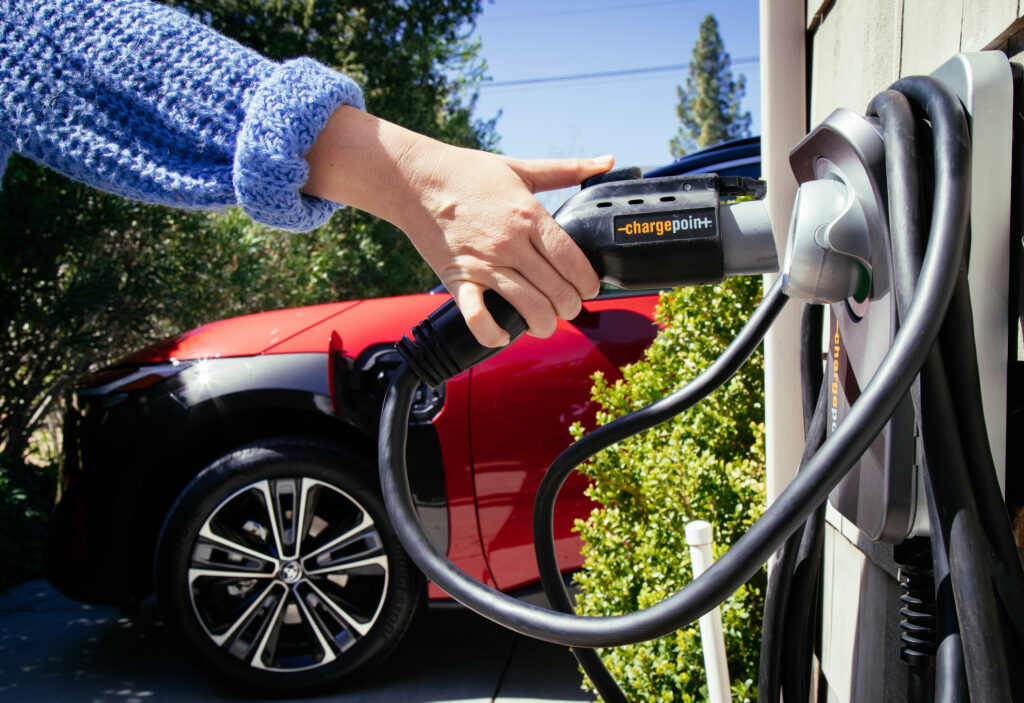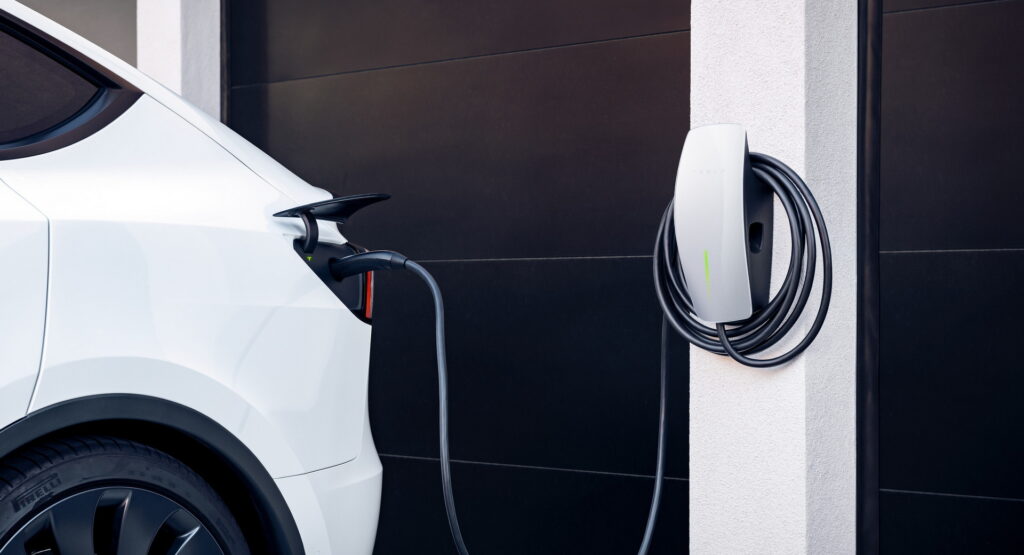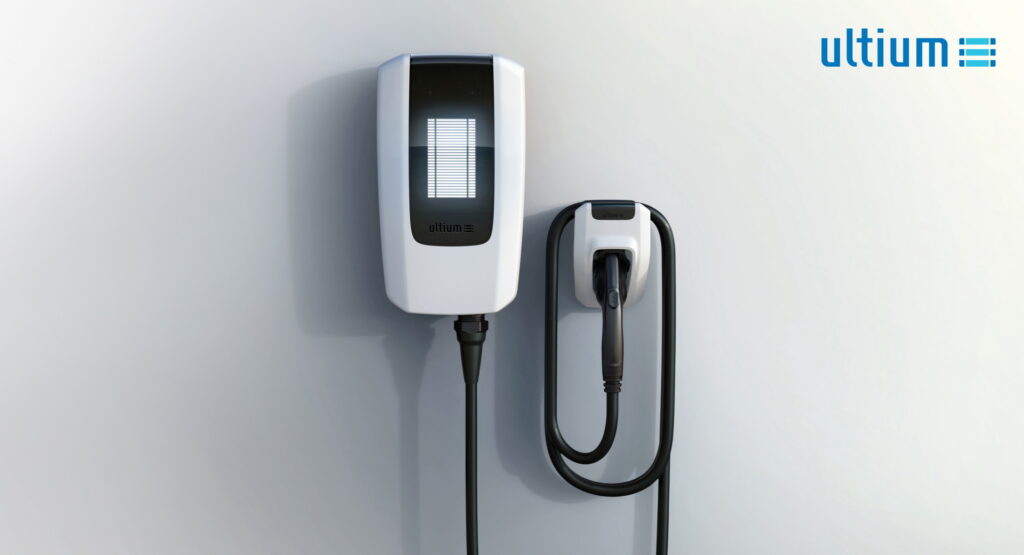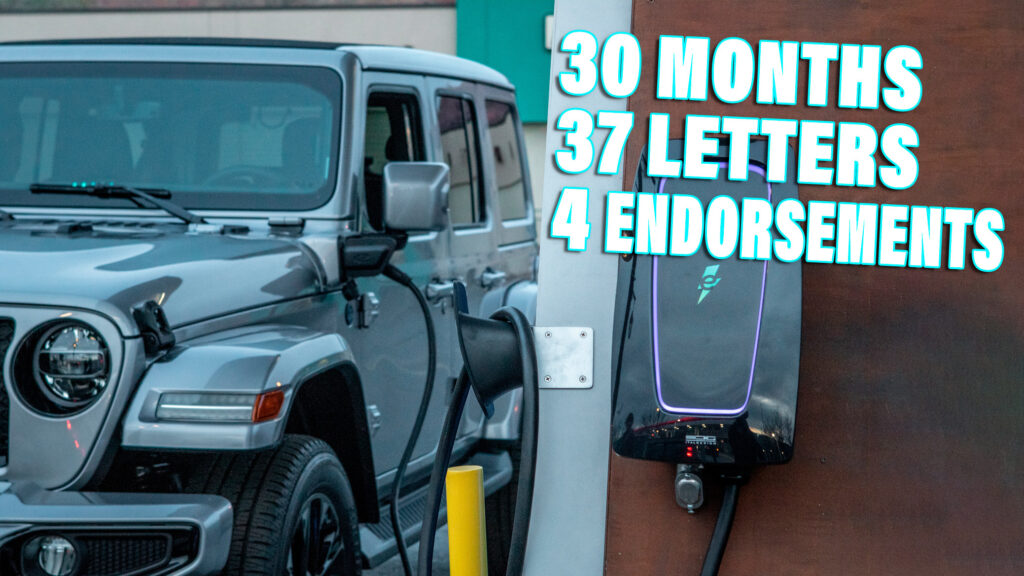As batteries get larger and powertrains more efficient, the concept of range anxiety is less of a concern in the EV world than it once was. But while the infrastructure is changing to accommodate more charge points, juicing up makes the most sense done at home. For one Boston resident, that was easier said than done.
Matt Malloy, who lives in Boston neighborhood Dorchester, decided he wanted to charge his EV while at home. As his property didn’t have a driveway, he planned to run an extension lead from outside his house. That, he soon found, was not something he could get away with, with the city threatening to fine him for draping a 50-amp power cable across the sidewalk.
His next option was to build himself a driveway. Not only would he be able to charge his EV without tripping up pedestrians, but by installing a Level 2 charger, Malloy could also drastically reduce his recharge times. Indeed, a recent J.D. Power study highlighted how much happier electric car owners who have permanently mounted Level 2 chargers are vs. those who make do with a portable Level 1 charger.
Related: U.S. Government Commits $2.5 Billion To Grow EV Charging Infrastructure

What followed for Malloy was a two and half year battle with the city. Malloy, who is chief executive of Dorchester Brewing Co. and a former Zipcar executive, had to employ the services of an architect, as well as seek the endorsement of four city councilors, along with no fewer than 37 letters of support. It paid off, with the city’s Zoning Board of Appeals finally granting him permission to place 200 square feet of brick pavers in his yard.
Much of Malloy’s problems were due to other (presumably non-EV-owning) neighbors objecting to his plans to build a driveway — one even suggested that the instead of building space for cars, the construction efforts would be better served to create a park for humans.
The ordeal of this homeowner who switched to electric illustrates a problem for many who don’t have access to off-street parking, as well as those who rent. In Malloy’s case, the majority of chargers in his area were of the slower Level 2 kind, which may have taken up to 10 hours to recharge his car fully — not to mention the fact that they were all located some distance away from his home.
Read Also: Owning A Level 2 Charger At Home Makes Owners Much Happier With Their EVs

Home equipment still accounts for 84 percent of the charging of all EVs across the U.S. But a lack of public charging and the inaccessibility of at-home charging to those who don’t own property means that many who would otherwise have considered an EV are still opting for an ICE option. Some 34 percent of new vehicle shoppers surveyed said that they lacked an at-home charging option.
One solution that was piloted in Melrose, Massachusetts, by National Grid was to mount chargers on existing telephone poles — a simple and cost-effective way of getting around the problem. The initial trial was a success, and the company petitioned to expand the program to 10 more towns. According to The Boston Globe, the state Department of Public Utilities rejected the proposal, reasoning that the widespread installation of pole-mounted chargers could discourage private companies from building their own charging infrastructure.
Are you a homeowner, apartment dweller, or renter who can’t gain access to an EV charger? Let us know in the comments.





